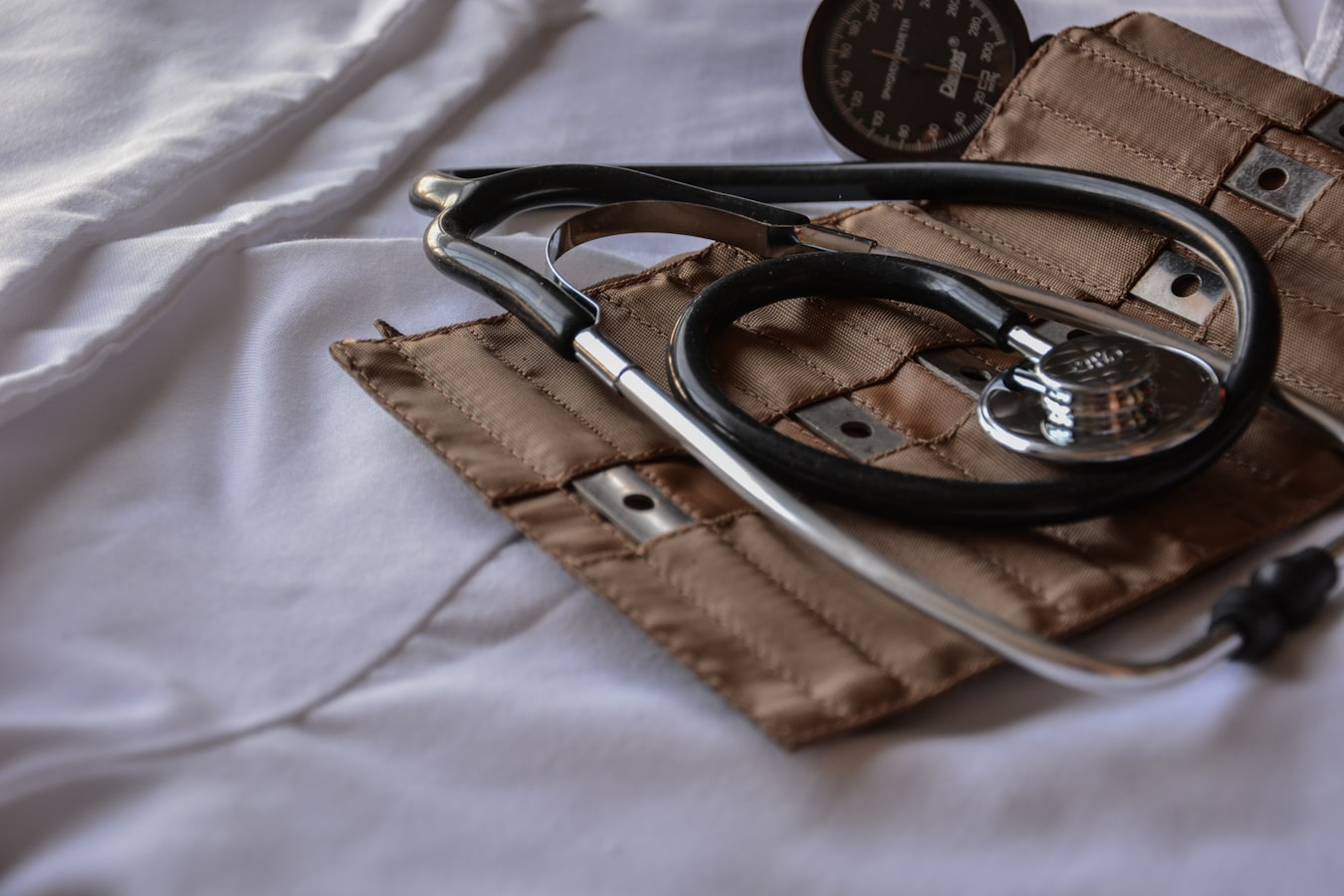Cyclone Trevor was officially named at 5am this morning as a tropical low in the Coral Sea intensified overnight into the Category 1 system.
Trevor is expected to move west-southwest today before strengthening and making landfall near Lockhart River late Tuesday as a Category 2 system.
Bureau of Meteorology Weather Services Manager, Dr Richard Wardle, said the system will continue to move west-southwest and is expected to move into the Gulf of Carpentaria by mid-week.
“This has the potential to be a protracted event that will see Trevor move slowly towards the northeast coast of Queensland before making landfall late on Tuesday and then moving into the Gulf by Wednesday,” he said.
“It is too soon to predict exactly how the system will progress, but models suggest the system may linger in the Gulf until the end of the week.”
Northern coastal waters are expected to see gales from today, with a warning current for gales from Orford Ness to Cape Flattery, including Coen and Lockhart River.
Gales will extend over the northeast tomorrow and strong gales with destructive winds in excess of 125 km/h are possible over the peninsula as the centre of the system makes landfall late Tuesday.
Abnormally high tides are expected along the coast in the coming days, and heavy rainfall, which may lead to flash flooding, is expected around the peninsula north of Cairns from Tuesday onwards.
A flood watch may be issued later today for northern peninsula catchments. Significant rainfall is unlikely in those areas recently affected by the flooding event in February.
QFES is urging people in the affected area to finalise their preparation for the cyclone impacts.
- Check your emergency kit and make sure it’s stocked with essential items including food, water, dry clothes, medications, first aid supplies, important documents, valuables, a battery-powered or wind up radio and sleeping gear.
- Get your property ready by securing large outdoor items like swing sets and trampolines. Smaller items including outdoor tables and chairs, barbeques and toys should be brought inside if possible.
- If you live in areas likely to be impacted by flooding, elevate belongings.
- Tape the inside of your windows in a criss-cross fashion using strong packing tape.
- Withdraw enough cash to cover essential items such as food, water or petrol.
- Ensure you have enough water stored in bottles, buckets or your bath in case water becomes restricted.
- Charge your mobile phones.
- Discuss your emergency plans with your family and friends. Identify a safe place to shelter when the cyclone hits and know where you will go and what you will take if you need to evacuate.
- Consider what you will do to keep your pets safe. Find a place they can shelter and have food and water available.







